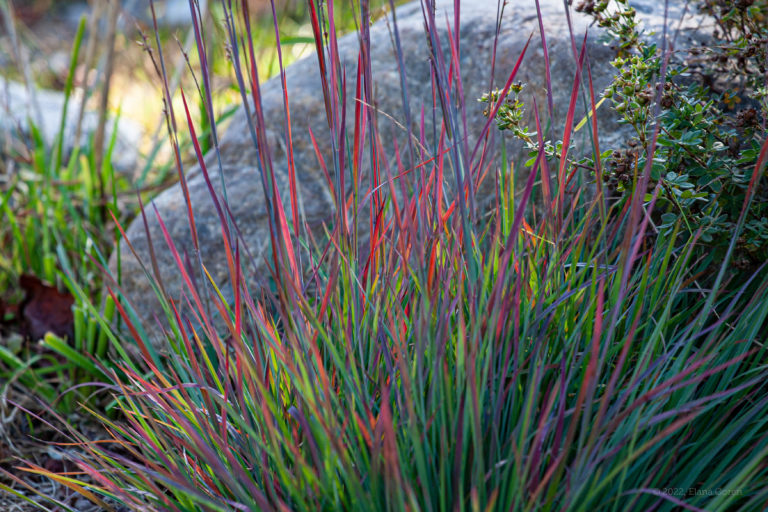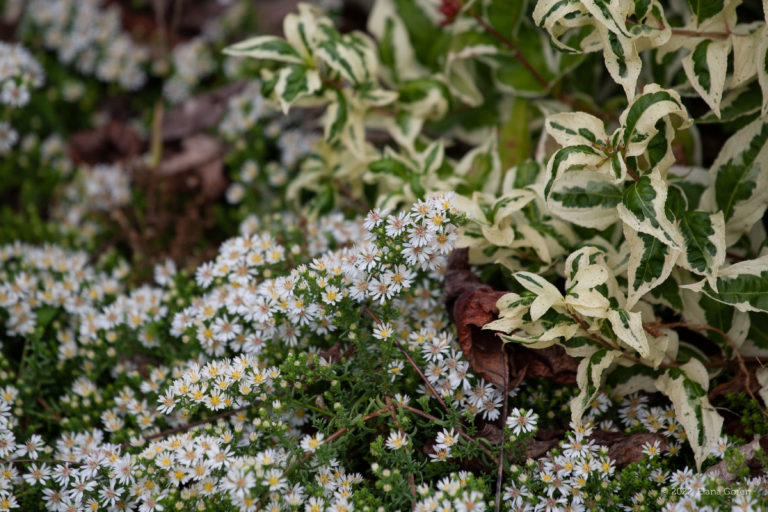Flora Focus

Taken on September 8, Zone 6b. ©2022, Elana Goren. All Rights Reserved.
Here are some favorite plants chosen for any number of attributes such as color, height, texture, culture and so importantly, how these plants attract pollinators, feed birds, host butterflies and contribute to the health of our native ecosystems. All the plants here are native to the eastern part of the U.S. There are a few that are cultivars which will be indicated with the common name, comma and then the Latin name (in italic when formatting allows), with the cultivar name in single quotes (ie. Aromatic Aster, Symphyotrichum oblongifolium ‘Raydon’s Favorite’). Those favorites that are straight species will have only the common and Latin name as seen in the caption above.
Why use Latin names, sometimes referred to as botanical names? Latin names indicate the genus and species which is helpful when looking for specific plants. Knowing the Latin name will avoid confusion with other plants that have the same common name but are not really what you are looking for. An example is the colorful, drought-tolerant Coreopsis. There are different species of Coreopsis but they all share a common name, Tickseed. There is Lanceleaf Tickseed (Coreopsis lanceolata), Threadleaf Tickseed (Coreopsis verticillata), Large Flowered Tickseed (Coreopsis grandiflora) and so on. Knowing the Latin name of the plant you are looking for will help end confusion at the nursery when you are shopping for your garden.




